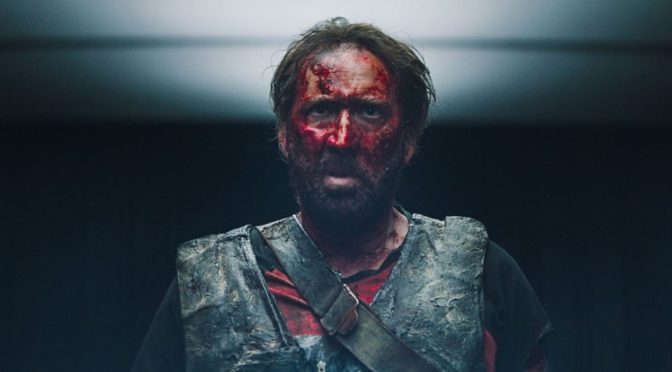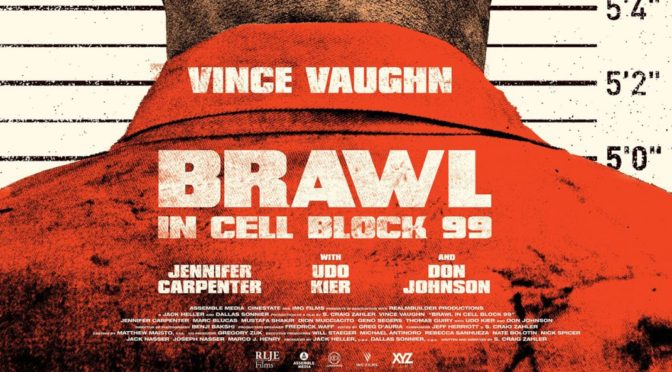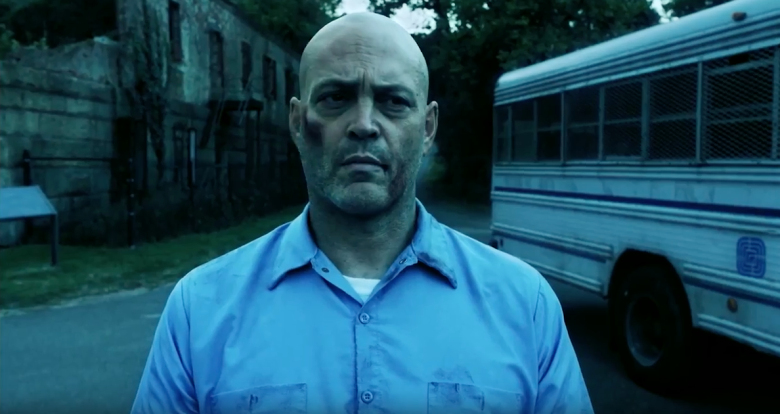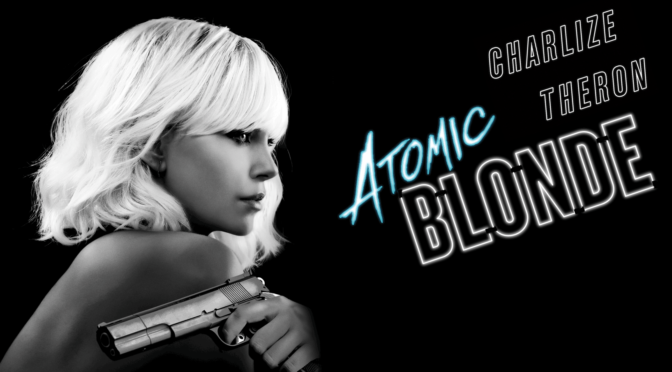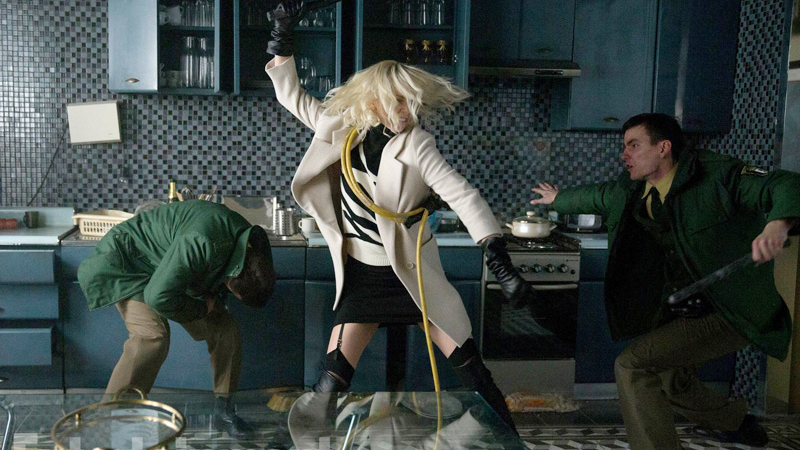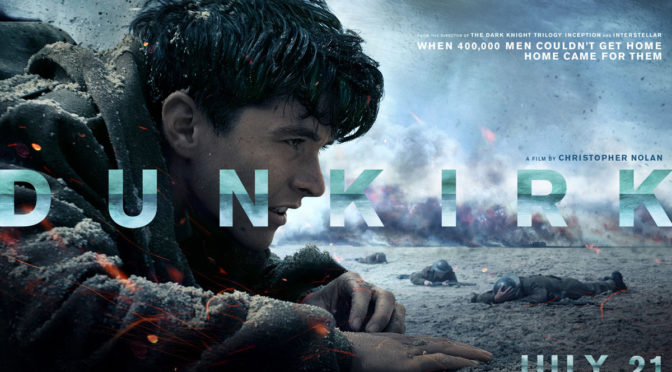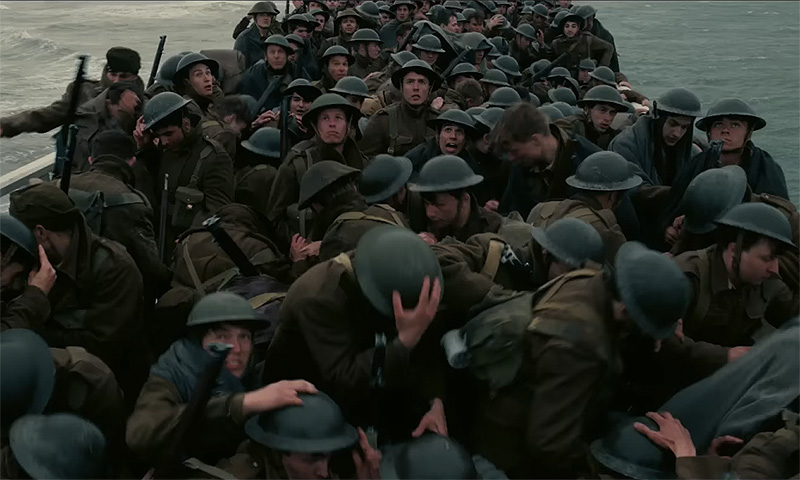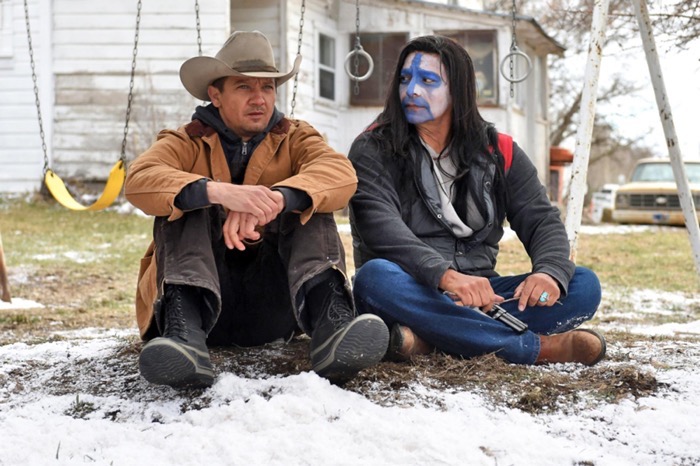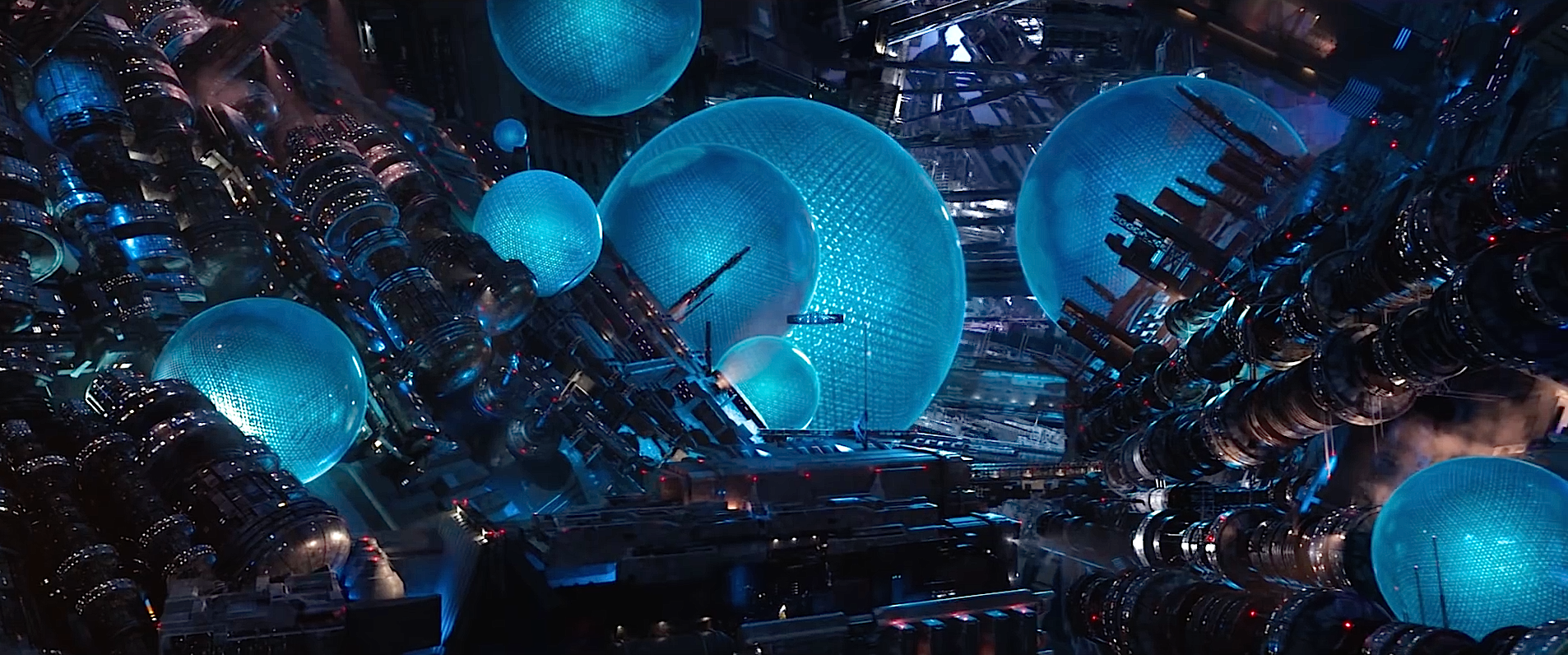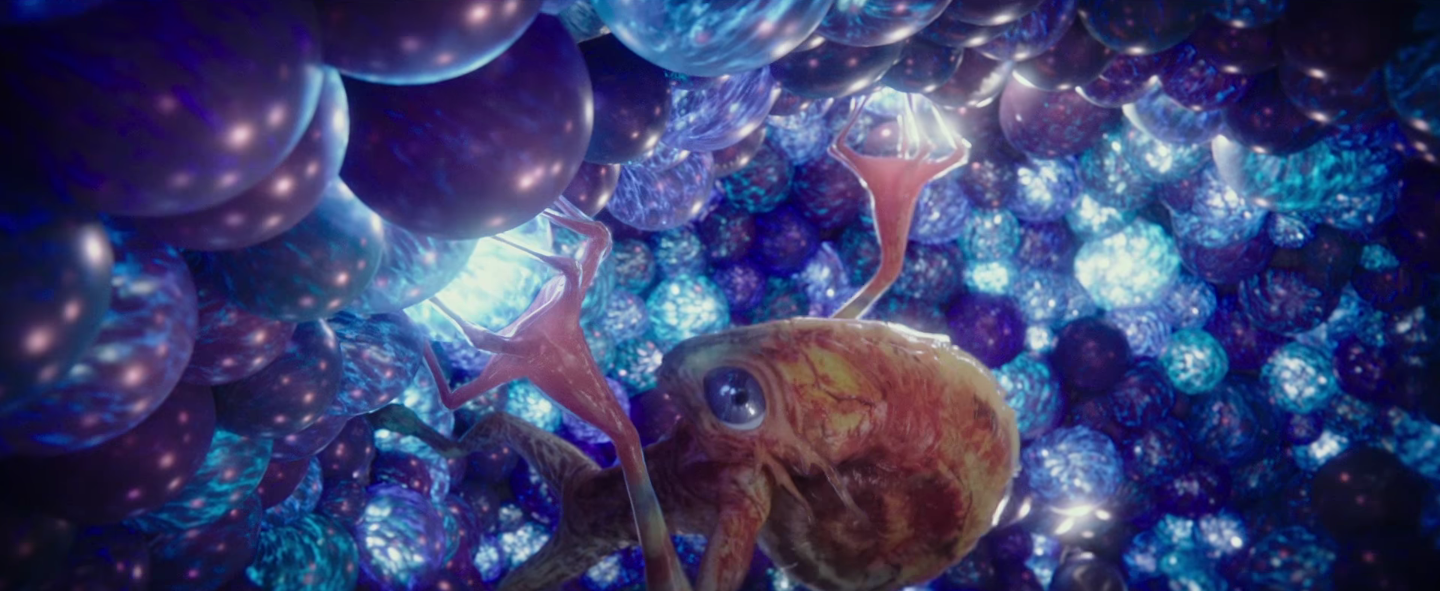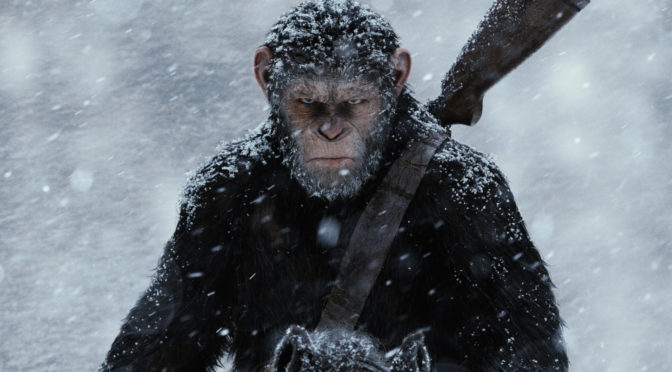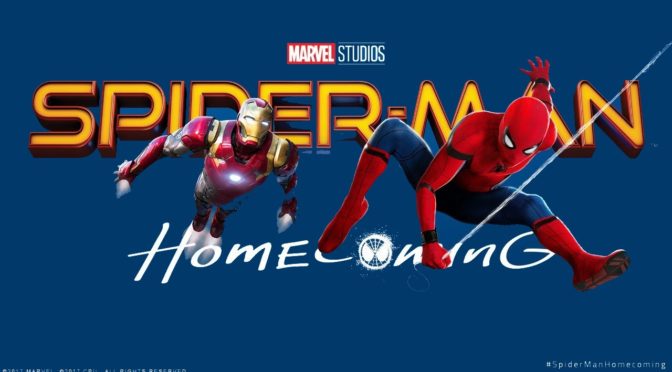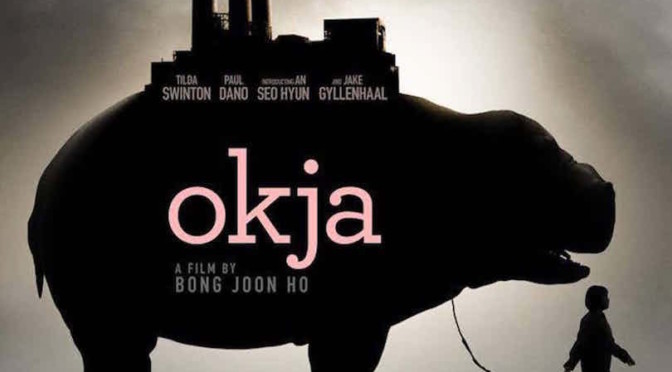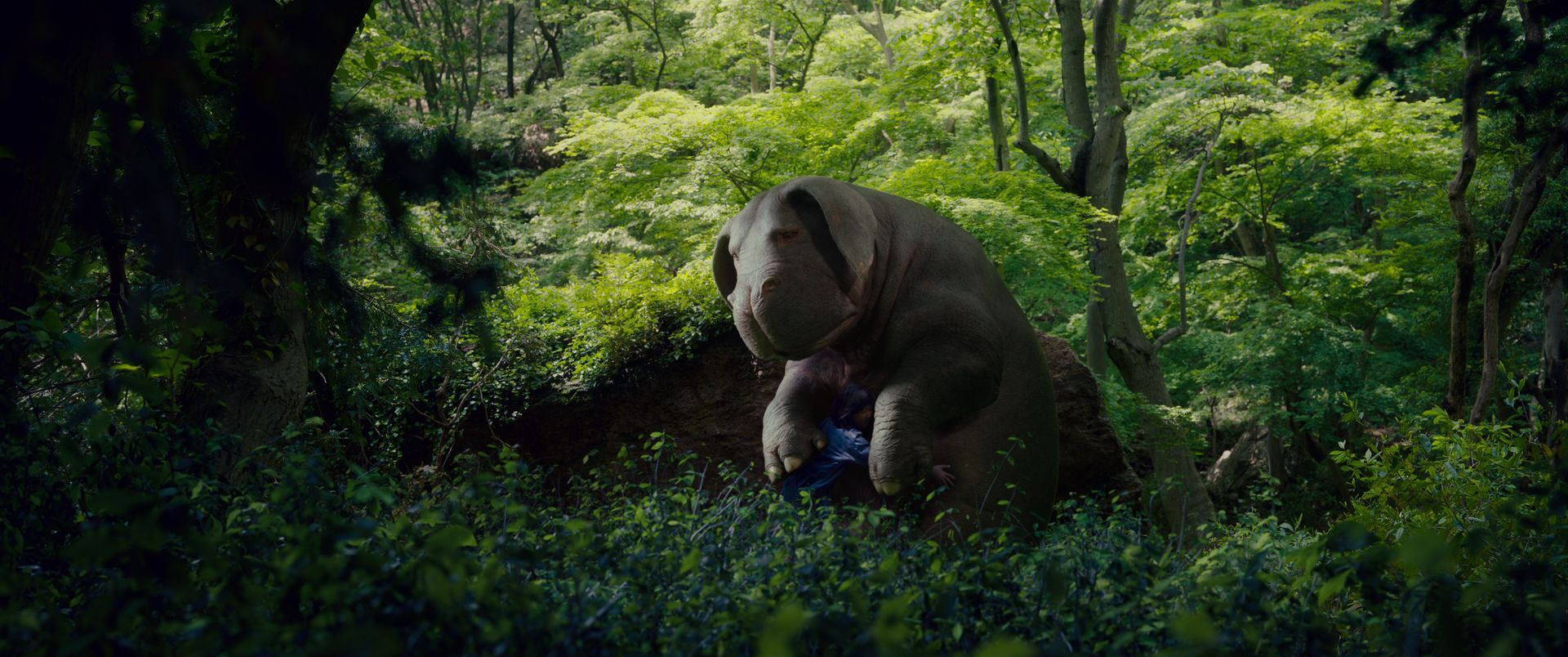This may be the most Metal movie made in years. Chapter headings, characters, and the overall art design of the film seem to have spilled out of a Megadeth album cover. Directed by Panos Cosmatos, the story follows a lumberjack (Nicolas Cage; Adaptation) and his wife Mandy (Andrea Riseborough; Oblivion) who live in a peaceful cabin until Mandy catches the eye of a cult leader and it is up to Cage to save her.
The beginning part of the film is what anyone who saw the director’s first feature, Beyond the Black Rainbow, would expect. Cosmatos loves his eighties aesthetics and particularly enjoys hallucinatory visuals. Early parts of the film are shot with high contrast color and, when drugs are introduced, VHS-era strobe effects. These scenes are uniformly gorgeous and, at times, surprisingly intimate. When the husband and wife are alone in their cabin there are moments of unexpected closeness shared between loved ones. Riseborough has limited screen time but she turns a supporting role that would have been little more than a plot device into a genuine character that shows motivation and depth of thought behind her actions.
It’s the second half where the film leaps headfirst into camp. Mandy is kidnapped by demons summoned by the drugged-out cult, but these aren’t the classic red creatures with horns. These are motorcycle and ATV riding humanoids wearing armor covered in nails and an unknown black liquid, shot mostly in silhouette. They wield grotesque weapons, swing heavy chains, and only communicate through snarls. When they are introduced, Cosmatos drops the glacial pace and focuses on playful violence between these hellspawn and the one and only Nicolas Cage. Instead of finding a gun, he casts and forges his own sinister looking battleax to fight the demons. Yes, the film is that Metal.
For the past decade or so, Nicolas Cage has become a running joke as a source of unintentional hilarity. His choices of terrible projects combined with his signature overacting have led to a cult following from bad movie lovers and Cosmatos fully embraces this baggage. He throws his star into increasingly preposterous action scenes from catching a demon in a private moment to a chainsaw fight. These scenes are made comical by Cage’s mere presence. A stupid, incongruous grin after landing a successful hit is enough to elicit laughter and Cosmatos times these glimpses of Cage-isms perfectly. If anything, his use of Cage is too understated (relative to some of Cage’s other roles). Cage has very little dialogue which deprives the film of the overcommitted line delivery he is known for. It may be one of his better performances in years, but the film didn’t necessarily need the best Nicolas Cage performance, it needed the most Nicolas Cage performance a la Vampire’s Kiss or The Wicker Man. The film will still be enjoyed by fans of midnight movies and by Cage’s own following, but it’s impossible not to wonder what a truly unhinged Nicolas Cage could have added to the film’s campy thrills.

3/5 stars.
